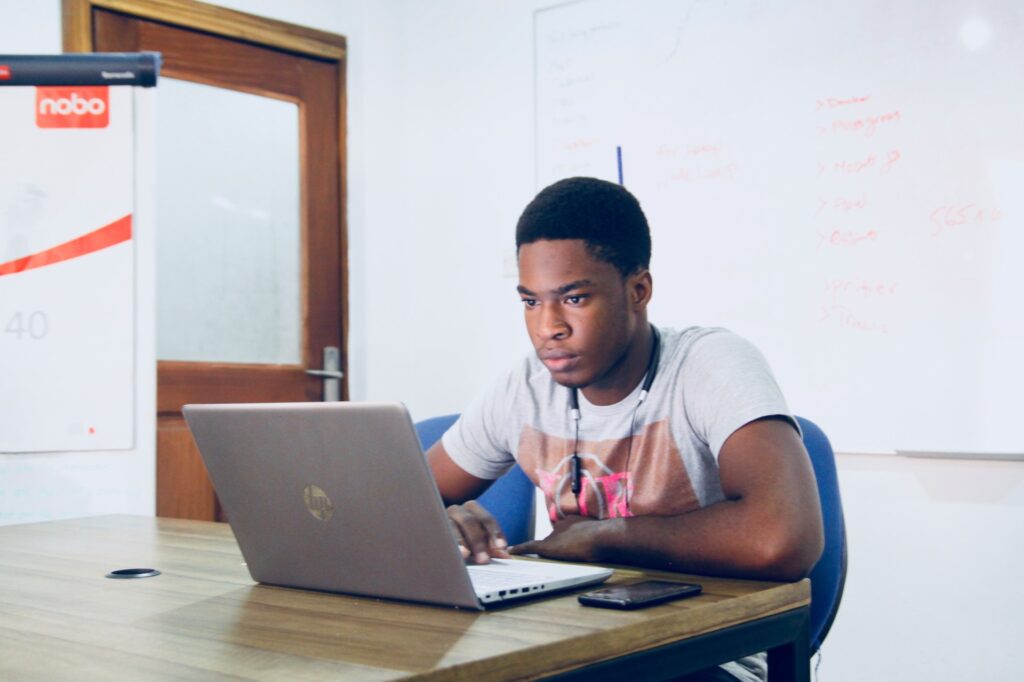There are many different ways to keep students healthy and active. There are benefits to choosing new school playground equipment and teaching them life skills. If they adopt positive lifestyles, it’ll help them achieve holistic health, emotional stability, and academic progress. In this article, we’ll explain how you can promote healthy habits to your students.
Incorporate Physical Activity Into Lessons
Gone are the days when students were receptive to only the chalk-and-talk methods. With the diversification of learning techniques, a blend of physical activity can be truly rejuvenating. Consider introducing a ‘math relay race’, where students rush to different corners of the classroom to solve problems. Alternatively, the ‘vocabulary dance-off’ can be a hit among younger students. Here, each dance move correlates with a new word, making learning both engaging and physically active.
These methods address multiple intelligences – catering to kinesthetic learners, and ensuring all-round development. Such active teaching techniques can break the monotony, reduce restlessness, and increase overall student involvement. In turn, you’re laying the groundwork for more effective learning.
Encourage Walking Or Cycling to School
Environmental consciousness coupled with physical well-being is a powerful combination. Schools have a responsibility to be torchbearers in this initiative. By walking or cycling, students take action toward reducing vehicular emissions. They also enhance their cardiovascular health, muscular development, and mental well-being. The endorphin release during these activities is nature’s way of elevating mood and reducing stress. Your school can be proactive by organizing ‘Walk or Bike to School’ challenges.
Also, walking groups or buddy systems can ensure safety and foster friendships. This can turn the daily school commute into a social, enjoyable experience. Your school could also provide incentives for walking or cycling, such as creating safe pathways, and offering secure bike storage. An online search for new school bike racks can help you find ones that are galvanized, contemporary, multi-loop, or double-sided. They’re simple to install and assemble, highly durable, and designed for heavy use.
Provide Healthy Snack Options
The adage ‘You are what you eat’ has never been more relevant. Obesity among schoolchildren has become a major concern. Schools play a pivotal role in influencing students’ dietary choices. Why not transform the school canteen’s menu, eliminating sugary snacks and beverages? Instead, introduce fresh fruits, nuts, whole grains, and protein-rich foods. In turn, this can create a ripple effect.
This change in the food landscape will not only promote physical well-being but also cognitive health. It’ll ensure that students remain energized and focused throughout the day. You could regularly update the menu, seek student feedback, and occasionally introduce global cuisines. All these activities can make healthy eating an exciting journey that everyone wants to be a part of.
Introduce Mindfulness and Meditation
The academic and social pressures on students are unprecedented. Amidst packed schedules, a few moments of mindfulness or meditation can be grounding. This practice can foster a calm mind, which will be more receptive to absorbing knowledge. It can also nurture emotional intelligence, resilience, and self-awareness.
Schools can institutionalize this by starting the day with a 5-minute meditation session. They could also offer after-school classes for mindfulness practices and breathing exercises. Your school could also create a specific zone where students can voluntarily spend time for self-reflection. It can give them important time-out for relaxing and unwinding from their busy schedules.

Educate On Screen Time Management
Whilst the digitization of education can prove beneficial, it also brings forth challenges. Excessive screen time can adversely affect students’ eyesight, posture, and even mental health. The blue light from electronic devices (e.g. computers, laptops, smartphones, and tablets) can disturb people’s sleep patterns if they’re exposed to it during the hour before rest.
Regular workshops should elucidate the importance of balanced screen usage. It’s wise to recommend tools and apps to monitor usage and teach techniques like the 20-20-20 rule. Schools could also introduce tech-free days or periods. In turn, they can promote offline research and learning.
Promote Extracurricular Activities
A holistic education transcends mere academics. Extracurricular activities can range from sports to arts, playing a crucial role in shaping a student’s character. This applies whether it’s a drama club, chess club, music club, or soccer team. These activities can foster creativity, teamwork, discipline, and leadership.
Schools should create environments where students are exposed to a plethora of options and possibilities. In turn, this enables them to discover and hone their passions. They can increase in self-awareness and self-confidence, and be clearer about their future career aspirations. Regular showcases, inter-school competitions, and workshops with experts can further enhance students’ experience.
Establish Regular Talks About Sleep
Sleep is often the first casualty in a student’s hectic life. However, this can have profound effects on their health, mood, and performance. You should hold regular sessions emphasizing the science of sleep and its impact on the brain. It’s also beneficial to provide tips for creating a conducive sleep environment. This includes making the room quiet, cool, and dark.
Furthermore, it’s important to promote the need to maintain regular schedules. This involves getting up and going to bed at the same time each day – even at weekends. In turn, you can bring about perceptible change in your students. Finally, schools might consider introducing ‘Sleep Ambassadors’. They’ll be students advocating for better sleep habits among their peers.
Engage Parents
It’s not the sole responsibility of teachers to instill the necessary values in their students. The triangular partnership of students, teachers, and parents is potent. Parents’ evenings, newsletters, and workshops can convey the school’s vision for healthy habits.
Regular dialogues ensure that the school’s efforts are mirrored at home. This can help create a consistent, reinforced environment for the child. Parents can be given resources, tips, and strategies to continue the momentum. As a result, this can ensure a unified approach to the child’s well-being, resulting in greater improvements.
When these strategies are seamlessly incorporated into the educational ethos, they can create a domino effect. Students will be more likely to prioritize their health and well-being. In turn, they’ll get the most from their education, and be prepared for a more prosperous future.


















